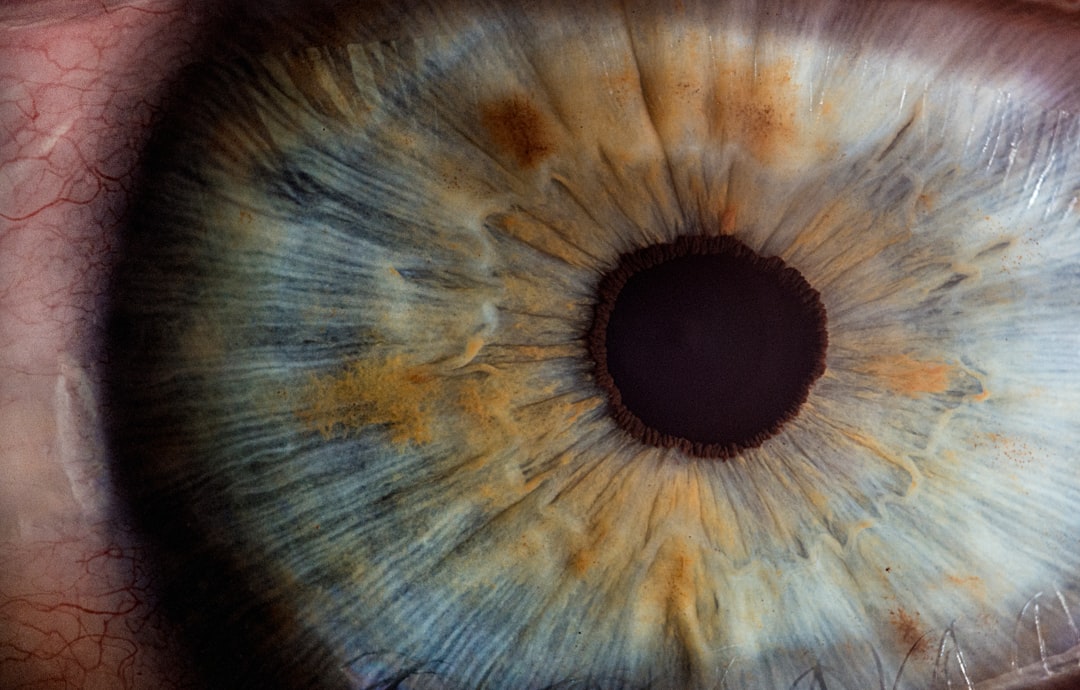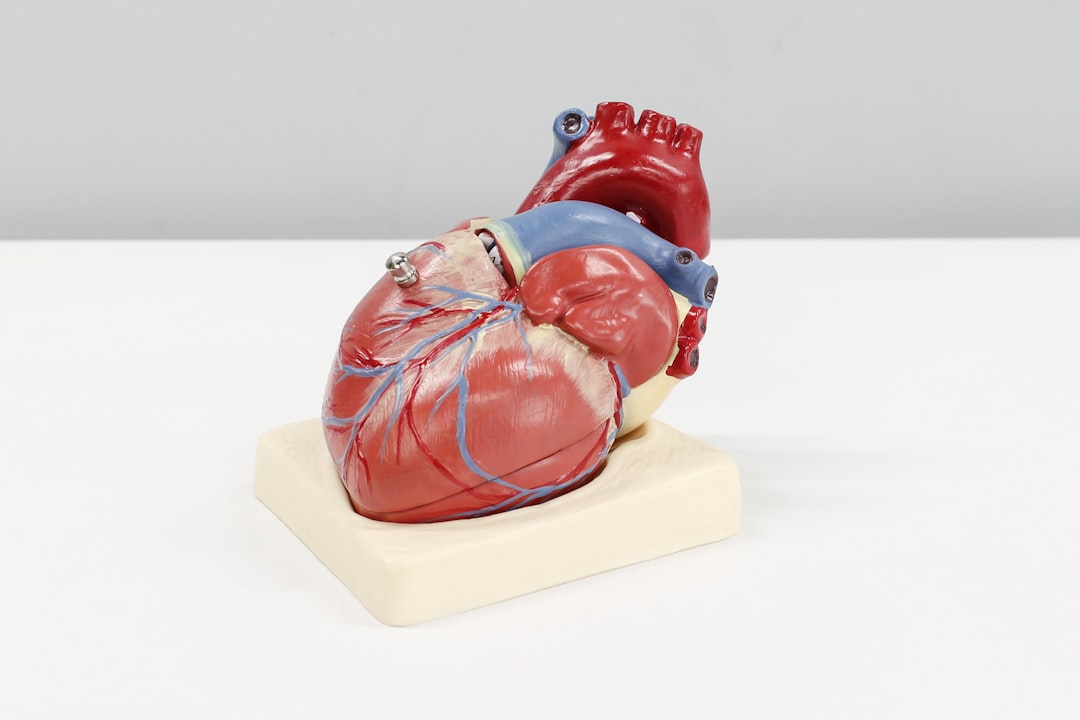What is it about?
About one in 100 newborns are born with a heart defect. While most defects can be repaired surgically, it can be difficult to detect which newborns are affected. Ultrasound scans performed in pregnancy cannot detect all defects, and affected newborns can appear completely normal, even to an experienced doctor. These newborns can then become very unwell at home and can die or suffer brain damage before an operation can be performed. Studies have shown that a simple test, pulse oximetry screening, when combined with the normal newborn examination can be employed in the first days of life to detect some heart defects that might otherwise be missed. Pulse oximetry screening involves attaching an infra-red probe to the hand of a newborn to give a blood oxygen level. Newborns with low oxygen levels are more likely to have a heart defect. This study looks at what happened after testing more than 10,000 newborns over two years in a local hospital. Two newborns with severe heart defects were detected using the POS test and went on to have successful operations. Twenty newborns with normal hearts were incorrectly identified as having a heart defect, but some had other important diseases requiring treatment.
Featured Image
Why is it important?
The study demonstrates that pulse oximetry screening in the local hospital setting is effective and the number of false positive results are not onerous. This should provide encouragement for any local hospital considering the introduction of pulse oximetry screening for neonatal CHD.
Read the Original
This page is a summary of: The impact and efficacy of routine pulse oximetry screening for CHD in a local hospital, Cardiology in the Young, February 2016, Cambridge University Press,
DOI: 10.1017/s1047951115002784.
You can read the full text:
Contributors
The following have contributed to this page










